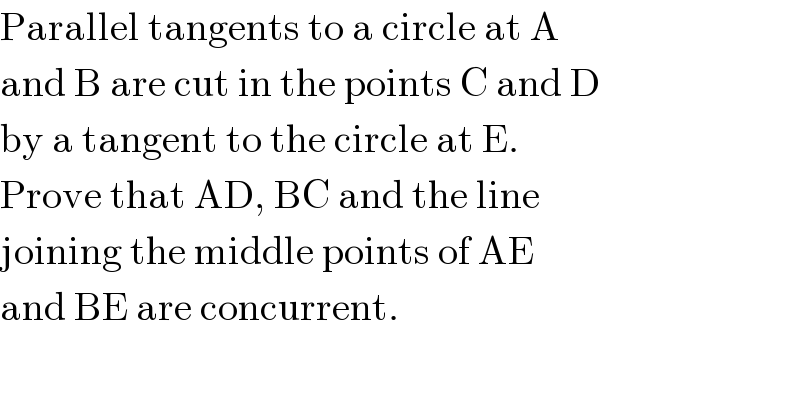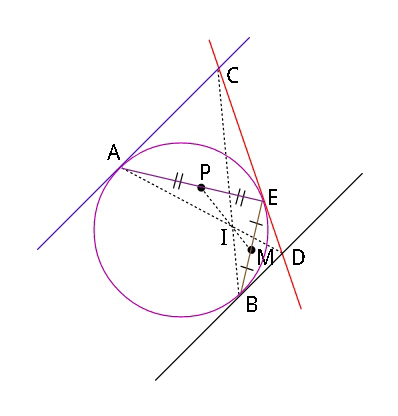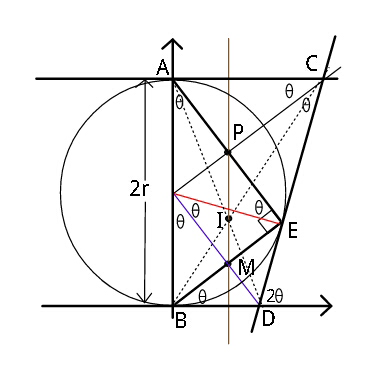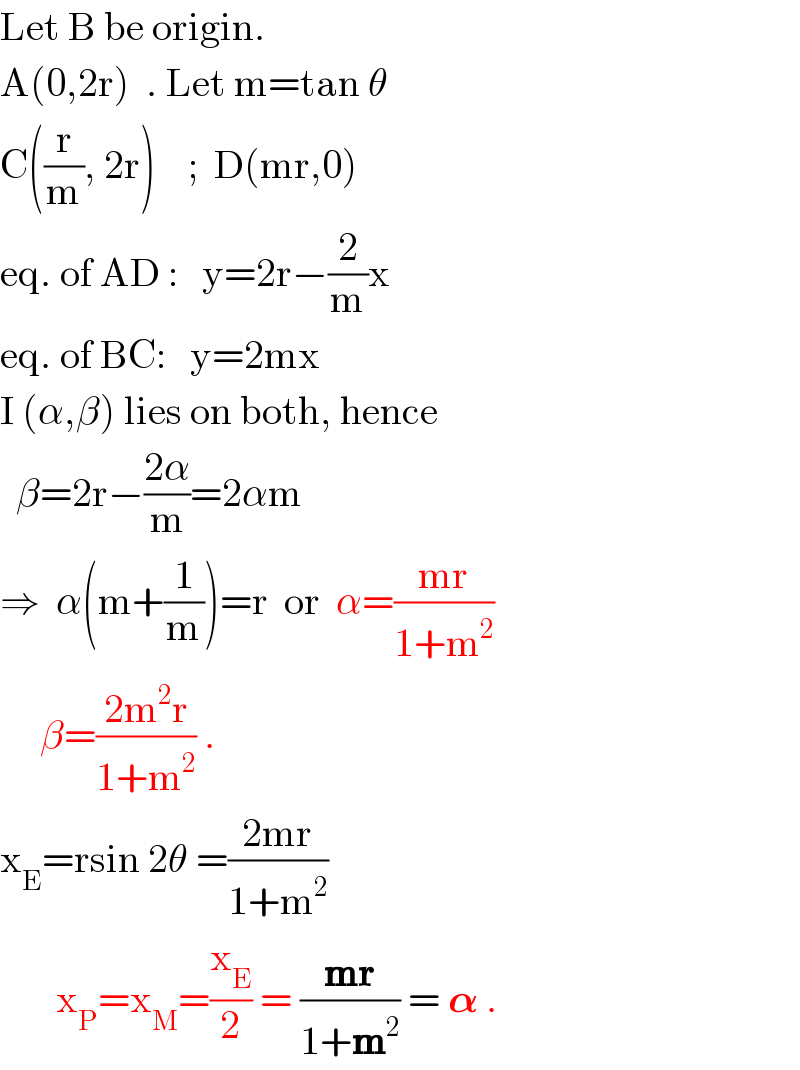
Question and Answers Forum
Question Number 19321 by ajfour last updated on 09/Aug/17

Commented by ajfour last updated on 09/Aug/17

Answered by ajfour last updated on 10/Aug/17

Commented by ajfour last updated on 10/Aug/17

| ||
Question and Answers Forum | ||
Question Number 19321 by ajfour last updated on 09/Aug/17 | ||
 | ||
Commented by ajfour last updated on 09/Aug/17 | ||
 | ||
Answered by ajfour last updated on 10/Aug/17 | ||
 | ||
Commented by ajfour last updated on 10/Aug/17 | ||
 | ||